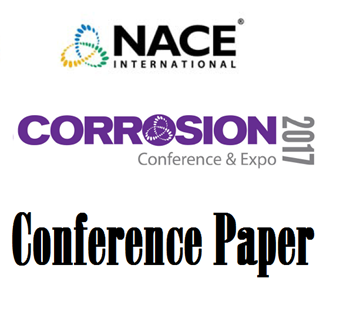Search
02374 High Temperature Corrosion Mechanisms by Combustion Products of Heavy High Sulphur Fuel Oils: An Extension of the Wilson Model
Also Purchased
99071 HIGH TEMPERATURE CORROSION OF FUEL OIL BURNER COMPONENTS
Product Number:
51300-99071-SG
ISBN:
99071 1999 CP
$20.00
Accelerated Corrosion of 304H SS in RFCC Regenerators Involving Low Temperature Eutectic-Forming Salts
Product Number:
51317--8915-SG
ISBN:
8915 2017 CP
Publication Date:
2017
$20.00
09358 Corrosion Mitigation and Monitoring in Sulfur Recovery Unit
Product Number:
51300-09358-SG
ISBN:
09358 2009 CP
Publication Date:
2009
$20.00




